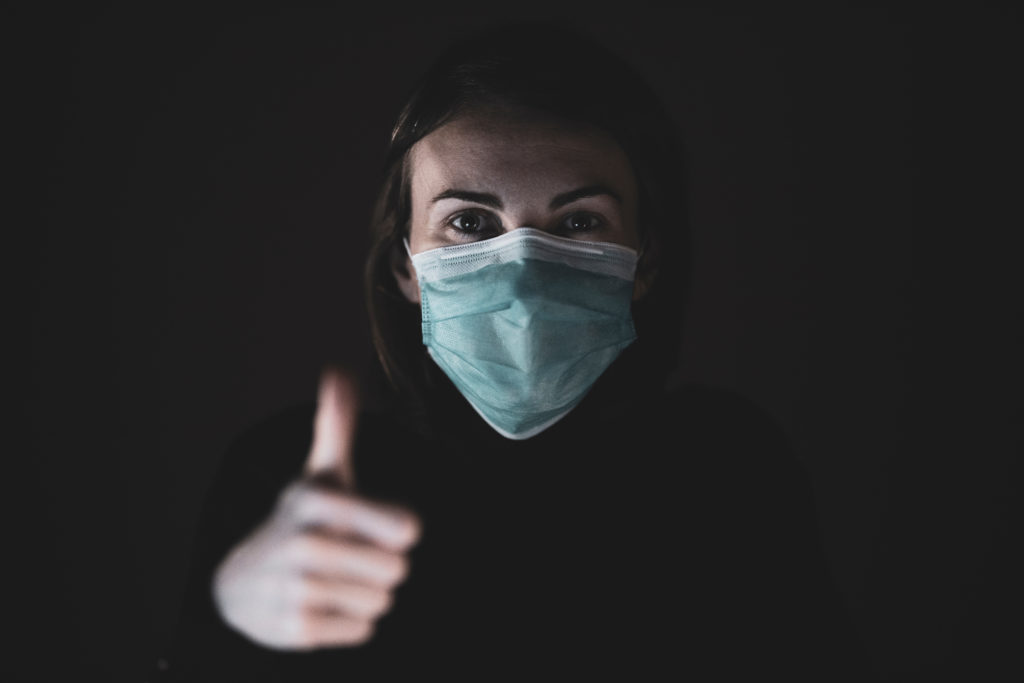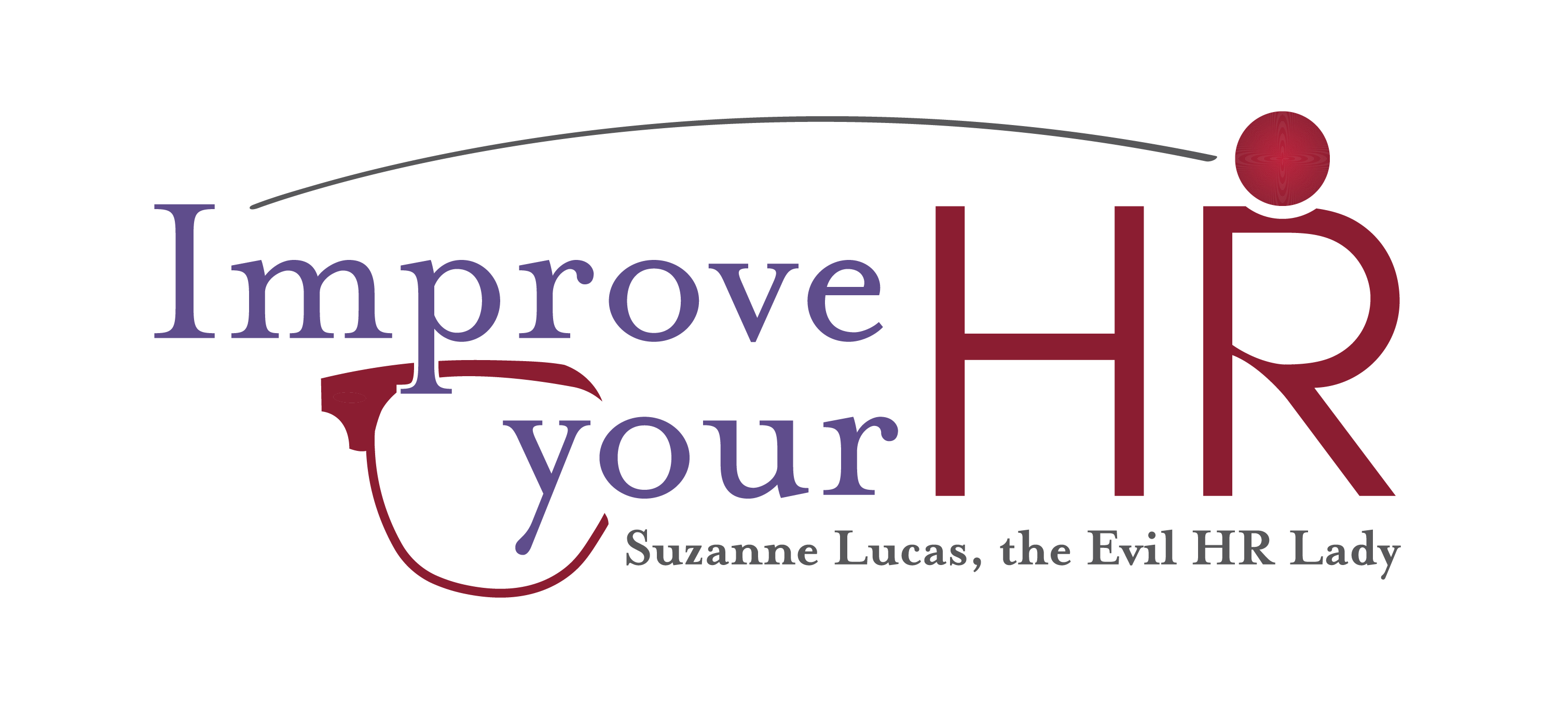
You probably heard about the two hairstylists from Great Clips that worked while symptomatic with Coronavirus. 140 clients and seven coworkers were exposed.
It was an outbreak waiting to happen, and guess what? It didn’t happen.
Both the stylists and the customers wore masks during their time together, and two weeks later, none of the exposed tested positive or exhibited symptoms. (Not everyone was tested, but the 14 day incubation period is over with no one symptomatic.)
Business owners are concerned about the safety of opening your business, but this story gives us a bit of hope. These two hairdressers were sick and yet they didn’t pass it on. Whether it was the masks or luck we can’t say, but we can say with certainty that the masks didn’t cause anyone to get sick.
According to Great Clips’ attorney, the one hairstylist went to a clinic, received a prescription for Zyrtec, and was sent on her way. She asked about a COVID test but did not receive one.
Tests can be hard to come by, and this indicates that even a doctor’s note may not truly tell you that a person is COVID free unless the person has received an actual test. (And there are still a lot of tests with false positives.)
So, reiterate to your employees that even though masks seemed to work (yay!), they are to stay home if they have a fever, chills, sore throat, cough, or other COVID symptoms.
While the masks worked here, that’s still a risk you don’t your employees or customers to take. Your customers trust that their stylists (or waiter or analyst) are not sick. Please make sure you keep their trust.

I’m not sure I understand this story. At what point did these 2 hairstylists learn that they had COVID-19? If at any point either one of them knew they had it, yet continued to knowingly expose others to it, they were criminally negligent. If they only learned after-the-fact, from antibody tests, those tests are notoriously faulty, and not proof of anything, including whether or not someone has actually had COVID-19. At any rate, I seriously hope no one concludes from this story that they can be cavalier about possibly being exposed to the coronavirus. There still is no vaccine and no established, effective, treatment for this highly contagious, possibly deadly, disease.
Pandemic or not, many US workers in lower-paid jobs do not get paid sick days. If they don’t work, they lose income. At that level of pay, you may have no other choice. The stimulus payments and layoff money have helped, but this has been a huge problem for a long time.
I used to work in food service and you probably don’t want to know about all the times a coworker or I went to work sick because we either couldn’t afford to stay home, or our managers discouraged us from doing so.
I’ve worked in food service, too, but not during a pandemic, thank God!
Digging through a couple of articles, they had mild symptoms when working, and later tested positive for COVID. It doesn’t look like they knew they had COVID while working, but they may not have taken the symptoms they were experiencing seriously.
As Elizabeth says, the lack of sick time – and threats of firing by business owners eager to open again – are a real hazard here.
The article states that at least one of them sought medical attention, but was given allergy medicine instead. It didn’t sound like willful disregard for the people around them.
“(And there are still a lot of tests with false positives.)” And false negatives. A Johns Hopkins study showed a 20% false negative rate at 8 days after infection. These worry me more than false positives.
The question here is also the safety precautions taken by the customers getting the service. All of us here have and still are dealing with not having access to hair styling services. I am still waiting to see my hairdresser but I don’t want to expose her if I was exposed any more than she wants to expose me. The customers will/should be following safety precautions too or expect not to receive service. You can get a haircut and a dye job and wear a mask. Now there may be a problem with a blowout because of the wind factor but there’s a workaround solution. My worry is that the person whose appointment follows me won’t wait outside until it is time. Hey until there’s a better way to keep healthy, I am willing to pay the price needed.
Lastly, tip your hairdresser well when you finally see her.